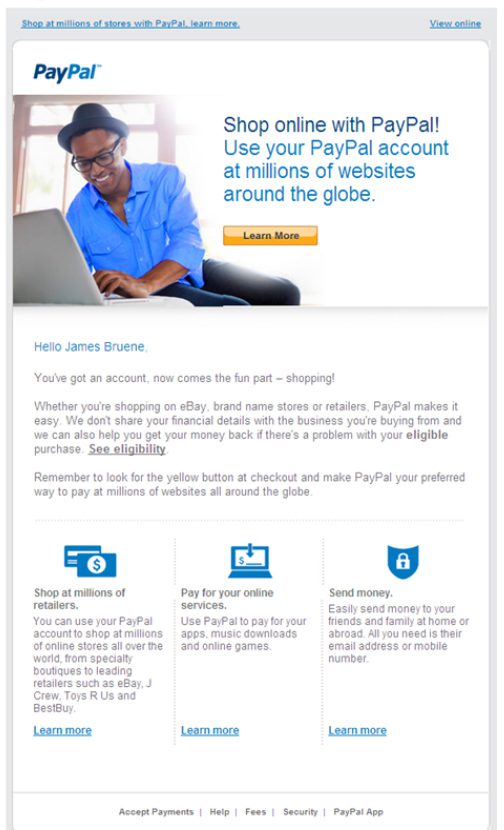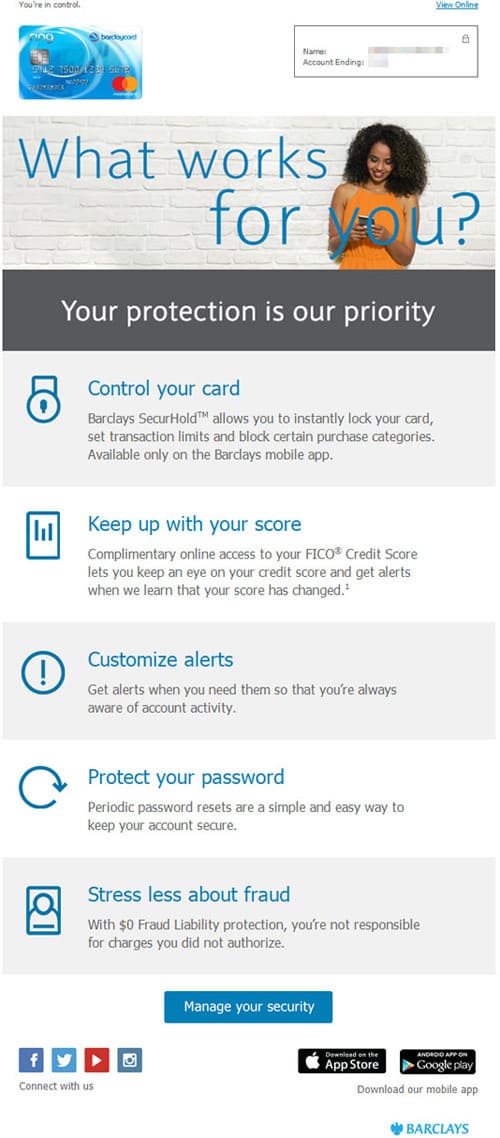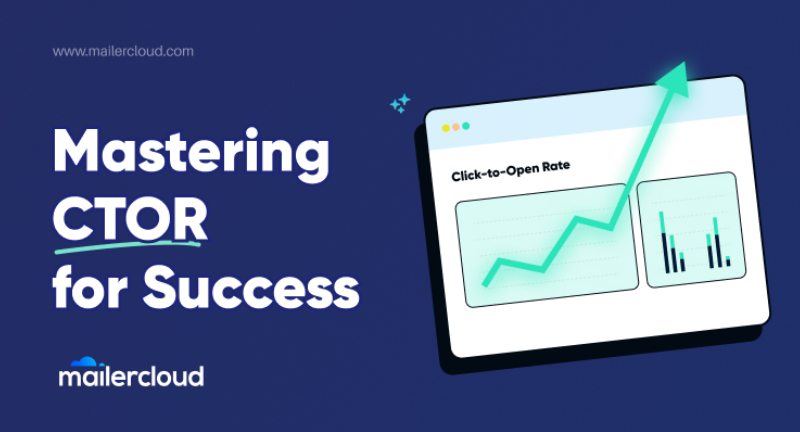Email marketing in financial services boosts client engagement and drives revenue growth. It delivers targeted, personalized content to clients.
Email marketing is a powerful tool for financial services, providing a direct line to clients. By sending personalized, relevant content, companies can build trust and loyalty. Financial services can use email marketing to share updates, offer financial advice, and promote new products.
This approach not only engages clients but also drives revenue growth. With automation and segmentation, emails can be tailored to specific client needs, enhancing effectiveness. Regularly analyzing email performance helps refine strategies for better results. Email marketing is cost-effective, measurable, and scalable, making it an essential component of any financial service’s marketing strategy.

Credit: www.brevo.com
Personalized Campaigns
Segmenting your audience improves marketing effectiveness. Each group gets tailored messages. This boosts engagement and conversions. Use data to identify key segments. Consider demographics, past behavior, and preferences. Segmentation helps in crafting precise content.
Personalized emails make customers feel valued. Address recipients by their first names. Share relevant offers and updates. This approach increases open rates. Personalized content builds trust and loyalty. Customers appreciate the extra effort.

Credit: www.emailvendorselection.com
Automated Workflows
Drip campaigns send scheduled emails to clients. Each email is part of a series. These emails provide valuable information. They help keep clients engaged over time. Drip campaigns ensure continuous communication. They build trust and awareness. Each email in the series is pre-written. The schedule is automated.
Behavioral triggers send emails based on client actions. These actions can be website visits, clicks, or form submissions. Triggered emails are timely and relevant. They increase engagement and conversion rates. Clients receive emails that match their interests. This personalization makes them feel valued. Behavioral triggers improve the effectiveness of email marketing.
Performance Metrics
Email marketing in financial services relies heavily on performance metrics. These metrics track open rates, click-through rates, and conversion rates to measure campaign success.
Open Rates
Email open rates show how many people open your emails. It is important to track these rates. Higher open rates mean better engagement. Use compelling subject lines to increase open rates. Personalized emails also help improve these rates. Test different email formats to see what works best. Monitor open rates regularly to make improvements.
Conversion Tracking
Conversion tracking measures how many people take action after opening your email. Actions can include signing up for a service or making a purchase. It helps you understand the effectiveness of your campaigns. Use unique links to track conversions. Analyze which emails result in the most conversions. This data helps optimize future email campaigns for better results.
Compliance And Security
Financial services must follow strict guidelines. These guidelines protect customer data. They also ensure transparency in marketing. Regulations like GDPR and CAN-SPAM are examples. Non-compliance can lead to hefty fines.
Data protection is crucial in email marketing. Encrypt emails to keep data safe. Use strong passwords for email accounts. Limit access to sensitive information. Regularly update security protocols.

Credit: www.enginemailer.com
Frequently Asked Questions
What Is Email Marketing In Financial Services?
Email marketing in financial services involves sending targeted emails to clients to offer financial products, updates, and services.
Why Is Email Marketing Effective For Financial Services?
Email marketing is effective because it builds relationships, increases engagement, and provides personalized financial solutions to clients.
How Can Financial Services Improve Email Open Rates?
Improve email open rates by personalizing subject lines, optimizing send times, and segmenting your audience for relevant content.
What Are Key Metrics For Email Marketing Success?
Key metrics include open rates, click-through rates, conversion rates, and unsubscribe rates to measure email marketing performance.
Conclusion
Email marketing offers financial services a powerful tool for growth. It builds client relationships and boosts engagement. With targeted campaigns, financial firms can reach specific audiences effectively. Invest in email marketing today to enhance your financial services and stay ahead of the competition.
Start leveraging these strategies for better results and client satisfaction.


